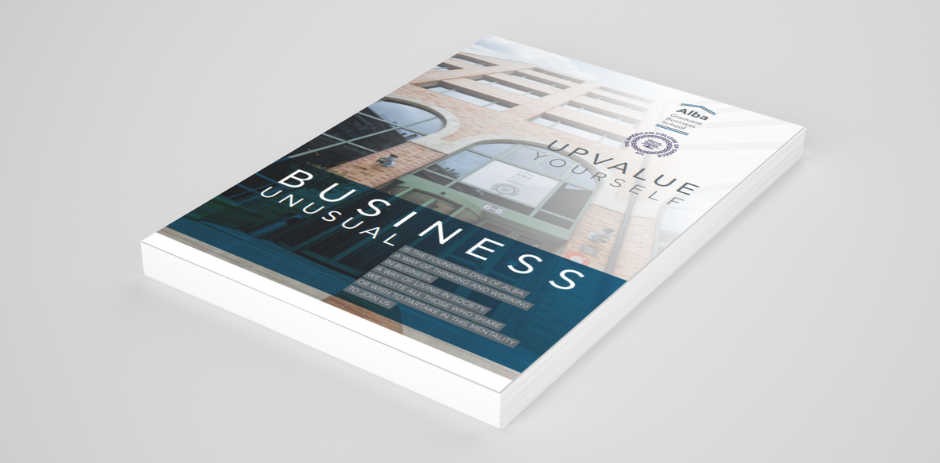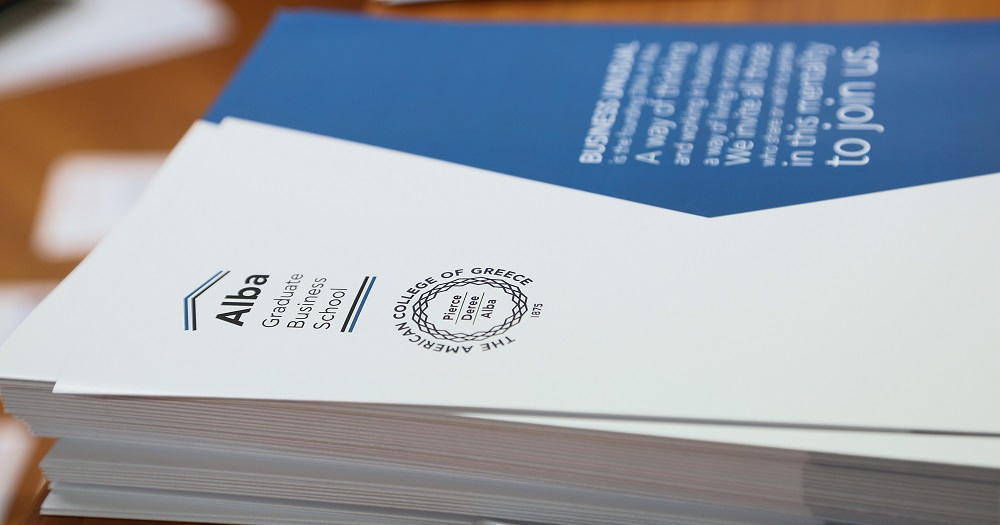Core Faculty

Dr. Nikolaos Karouzakis is an Assistant Professor of Finance at Alba Graduate Business School. Prior to joining Alba, he has held the position of Lecturer in Finance at the University of Sussex Business School (2015- ) and the position of postdoctoral research fellow at the Department of Statistics at the London School of Economics (2013-2015). Dr. Karouzakis received his PhD in Finance from Cass Business School, City University London. His research interests lie in the areas of Asset and Derivatives pricing, Term Structure models, Risk Premia and Bayesian Inference. His work has been published in reputable academic journals and has been presented at peer-reviewed conferences worldwide. He teaches Investments, Fixed Income Analysis, Financial Modelling, Advanced Equity Analysis and Portfolio Management. Throughout the years, he has delivered lectures and workshops for a variety of Finance courses at Cass Business School, Queen Mary, University of London and London Business School. Prior to his PhD studies, Dr. Karouzakis worked as Market Risk analyst at Marfin Investment Group. More recently he has established consulting collaborations with leading FinTech companies.
Contact Details
SELECTED PUBLICATIONS
Dubiel-Teleszynski, T., Kalogeropoulos, K. and Karouzakis, N. (2022). Sequential Learning and Economic Benefits from Dynamic Term Structure Models. Management Science (ABS: 4*, IF: 6.172). Forthcoming
Karouzakis, N. (2021). The Role of time-varying Risk Premia in International Interbank Markets. International Journal of Finance and Economics, 26(4), 5720-5745 (ABS: 3, IF: 1.634).
Karouzakis, N. and Tzioumis, K. (2021). Spillover Costs of National Security Policies. Annals of Tourism Research, 88, 103033 (ABS: 4, IF: 12.853).
Karouzakis, N., Hatgioannides, J. and Andriosopoulos, K. (2018) Convexity adjustment for constant maturity swaps in a multi-curve framework. Annals of Operations Research, 266 (1-2). pp. 159-181 (ABS: 3, IF: 4.820).




